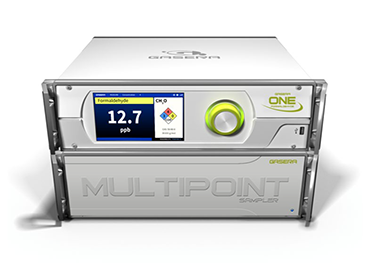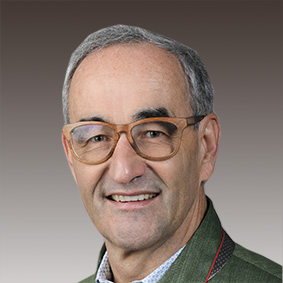Through the “Farm to Fork” strategy resulting from the Green Deal, agriculture will make a major contribution to achieving climate goals and environmental protection within the next decade (European Commission, 2019). Globally, agriculture causes a good 40% of methane emissions (NH 4 ) and around two thirds of nitrous oxide emissions (N 2 O), with around 13% of nitrous oxide emissions being caused by the use of mineral nitrogen fertilizer (Olivier and Peters, 2020). In Austria, agriculture causes 9% of total greenhouse gas emissions. In 2019, 70% of N 2 O emissions and 74% of CH 4 emissions were attributed to agriculture (Federal Environment Agency, 2021). In addition to enteric fermentation, decision-makers are primarily focusing on nitrogen fertilization, as uncontrolled N emissions into the atmosphere and groundwater due to improper handling (time of use, amount of N, N form) are key drivers of emissions.
With regard to N fertilizers containing nitrate (e.g. lime ammonium nitrate), an increased N 2 O emission potential was found in grassland tests over the last 20 years under conditions with high precipitation (Cowan et al. , 2020). N 2 O is produced during both nitrification and de-nitrification. Both processes are extremely complex and heavily dependent on the type and amount of nitrogen fertilization and on location and weather conditions.
The use case EmiGrass from Borealis aims to investigate the potential and possible use of a photoacoustic gas measurement technology for estimating N 2 O emissions under practical conditions on a permanent grassland area. The results from this pilot study are intended to provide important insights into the feasibility and significance of the existing technical equipment.













